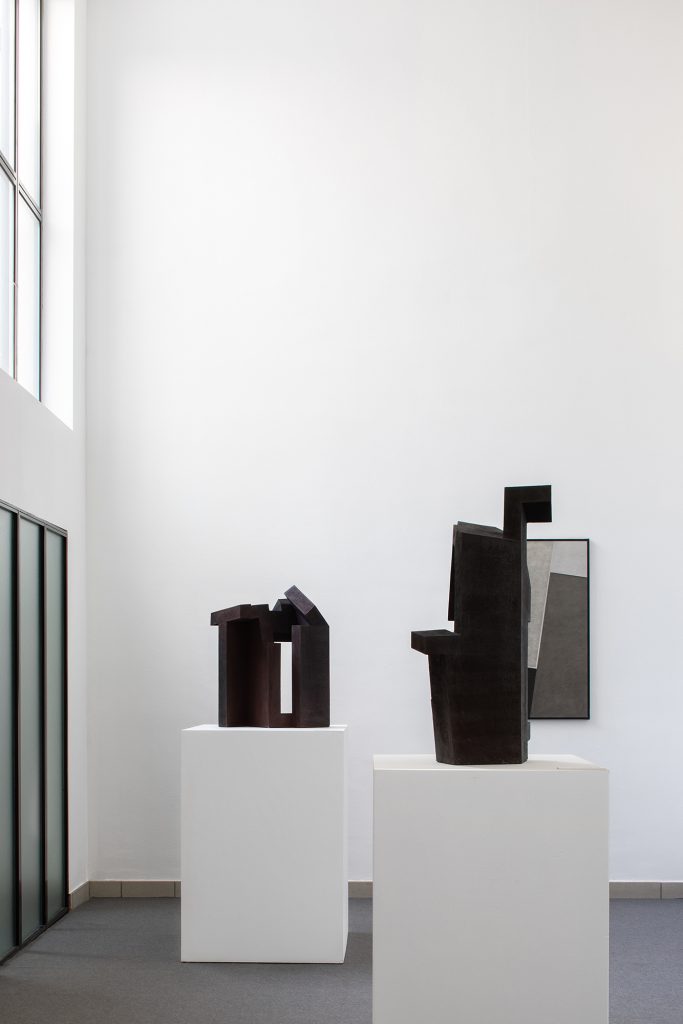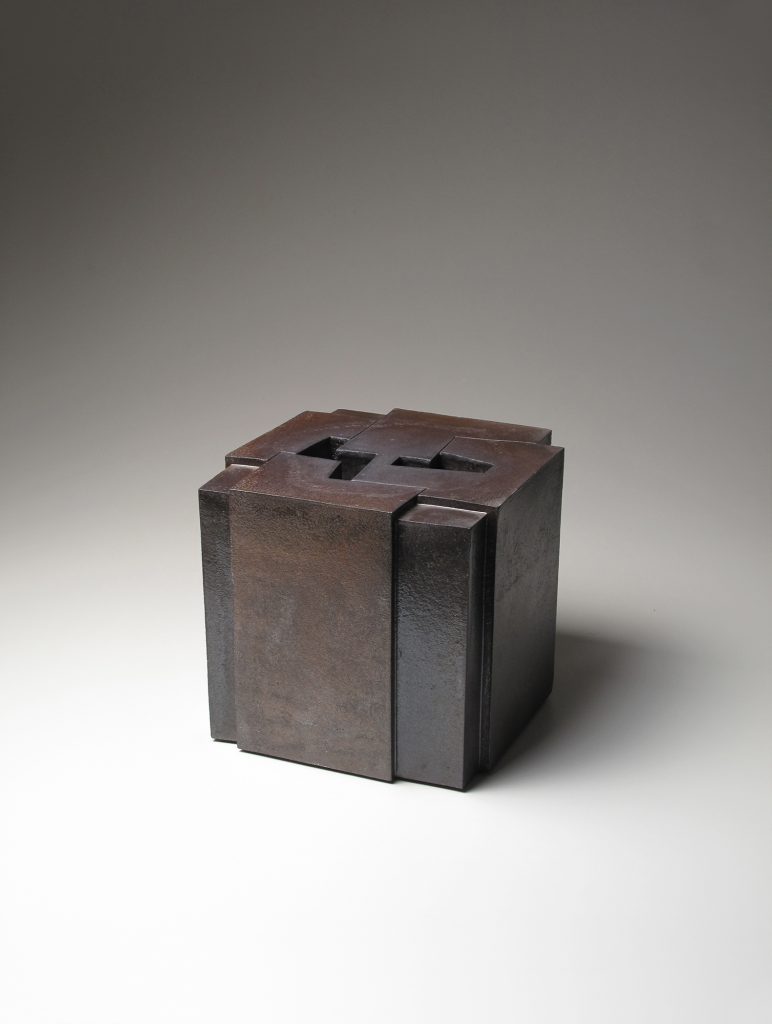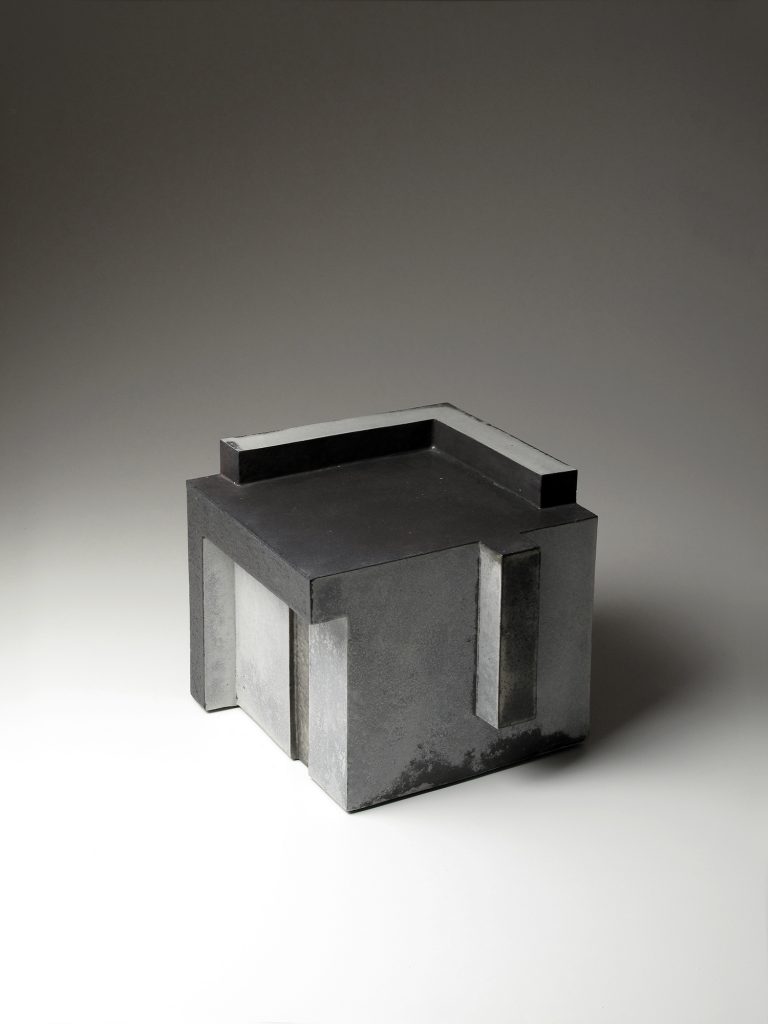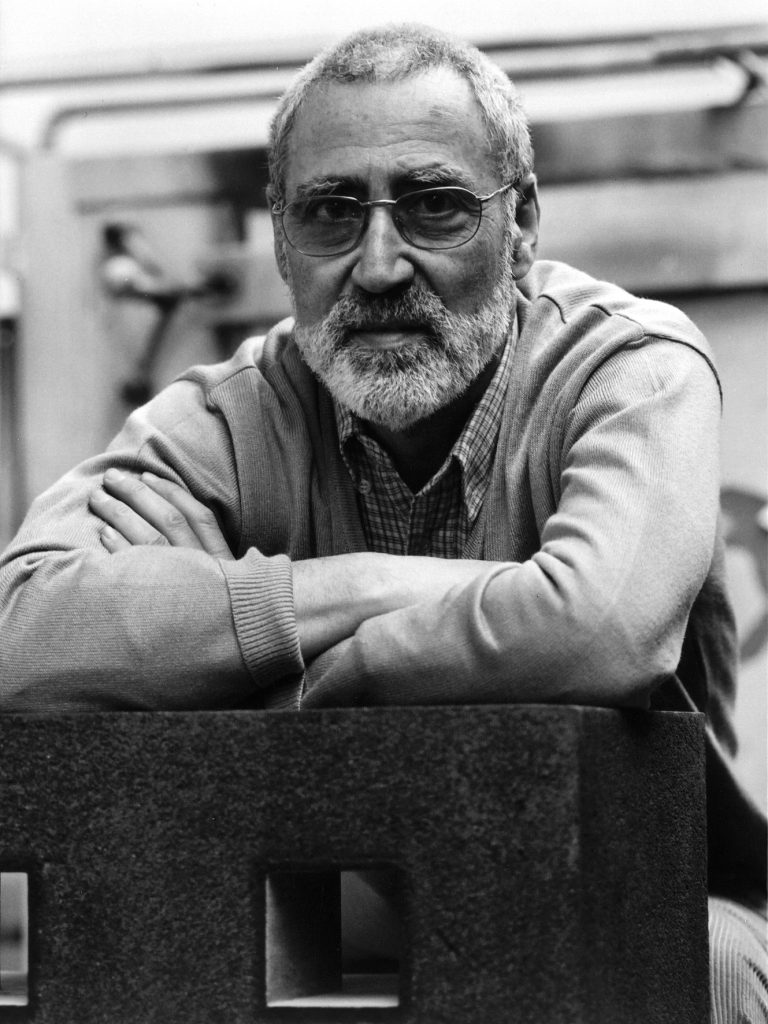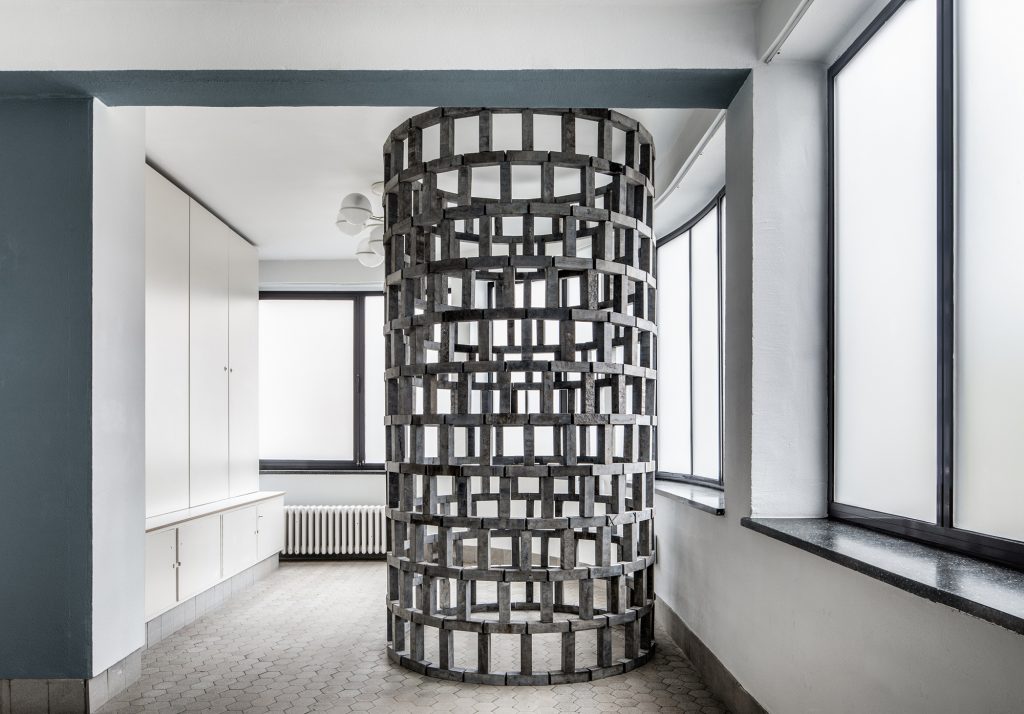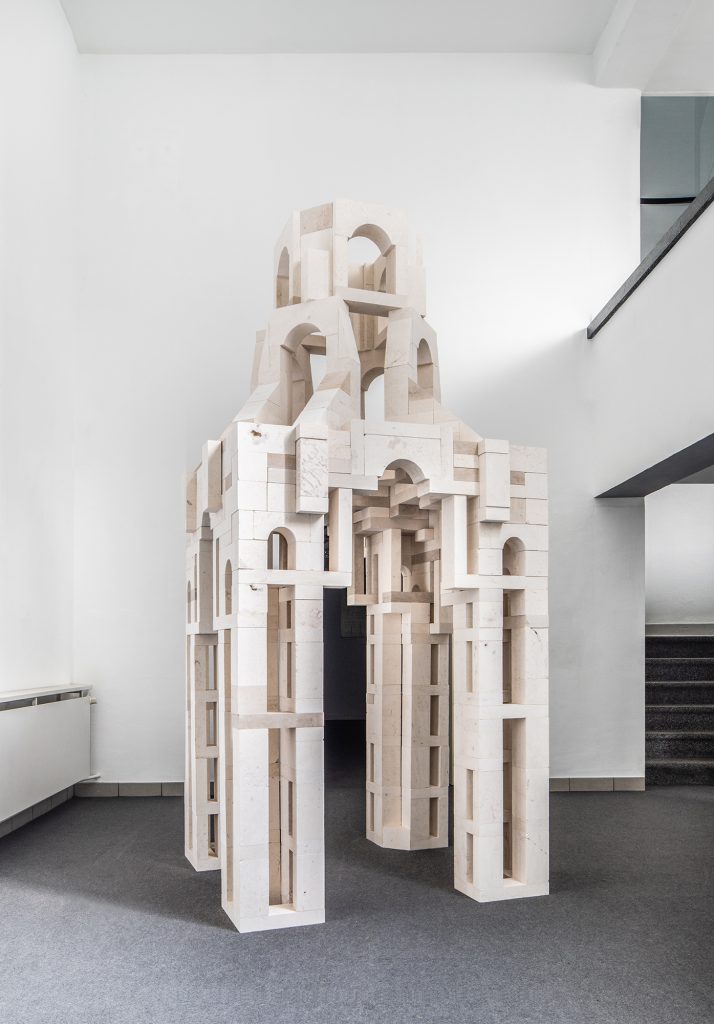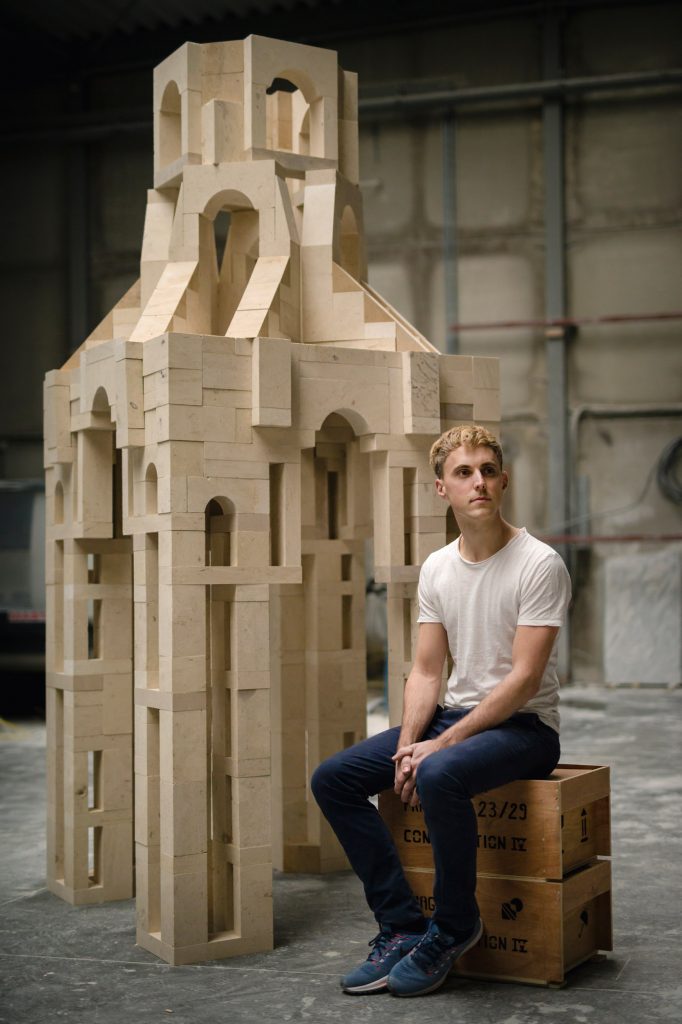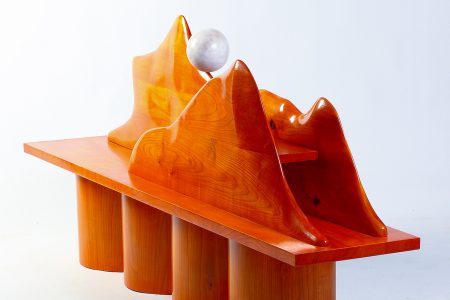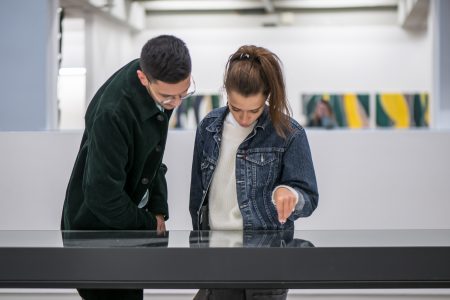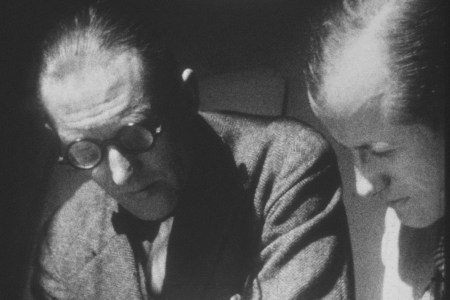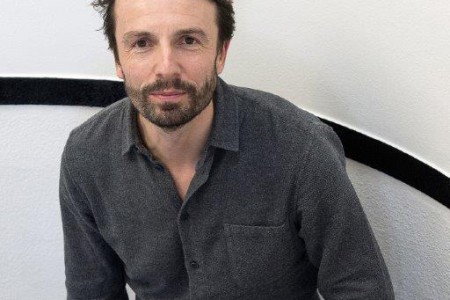Atelier Jespers: Essential Fantasy
For the first #flashbackfriday, TL Mag is pleased to focus on Atelier Jespers which will open its new show ” L’univers de Yonel Lebovici” this weekend.
It’s often said that there are only seven archetypical narratives known to man; overcoming a demon, accomplishing a quest, etc. Could the same reductionist awareness be used to better understand, the role architecture and design play within our lives? For the French, Brussels-based gallerist and owner of Atelier Jespers, Jean-François Declercq, there are primal shapes that have existed since the dawn of civilization.
“The form of a New Egyptian Kingdom stool, Louis XIII armchair, and Verner Panton’s iconic S Chair, are all essentially the same,” he explains. “Overtime, the function of a seat has been refined to the point that Rietveld attempted to float the user in mid-air. With the advent of dematerialization, we might very well be sitting on chair projections in the near future. However, the main elements remain the same.” Rarely has the formula been successfully changed and it is perhaps only the unobligated realm of art that radical ideas are best tested. “Even the most hardened industrial designer—working toward a set goal and outcome—still enjoys the ability to work in sculpture, as a means to experimentation,” he describes.
In the past few years, Declercq has employed this ethos to better understand architecture. Within his Brussels-based Atelier gallery, research centre, and home—itself a testament to the High Modernist and Purist design philosophy—the connoisseur has hosted a series of monographic exhibitions to reveal this connection; what he calls microarchitecture; of which, two key talents stand out.
Drawn to the endlessly iterative potential for ideation offered by children’s building blocks, Conrad Willems gives new meaning to the metaphorical and practical definition of play. Looking to recapture this crucial facet of his formative years, the Ghent-based talent creates large stacked-sculptures that demonstrate essential architectonic principles. Responding to the immediate surroundings of his native city—one that underwent an almost overzealous restoration in the early 20th-century—Willems’ assembles works that hint at the Gothic.
His Deconstruction performance piece sought to satirize thedisneyficationof the city and turn the complexity that comes with historical renovation; facsimile versus interpretation. Over the course of a month, the artist carried 1,000 bricks onto the roof of a castle and proceeded to throw them into it’s courtyard. At the same time, he posted building notices revoking a series of alterations that were enacted on the site since it was first built in the 13th century. For Declercq, this intervention demonstrated the value of essential function over aesthetics; the idea that a restoration should reflect the change in time and not the replication of the past.
Spanish graphic designer turned ceramicist Enric Mestre creates work that shows the potential art can provide architecture as a more speculative practice. His vessels and platform pieces capture select and reduced elements of the medium, especially the Ottoman-era design and canal system that runs through his home town of Alboraya, Spain. “Much like de Chirico or Esher, Mestre deals in the fantastical interpretation of architecture,” Declercq explains. “Both Mestre and Willems work with a source that is widely available. In essence, architecture and design should be universal for all. What they achieve opens the door for the potential to dream beyond the essential.”
www.atelierjespers.com
@jeanfrancoisd/
This article was originally written for TLmag 30: Archæology Now in Contemporary Art & Design
Exhibition view of Enric Mestre solo-show at Atelier Jespers in collaboration with @modernshapes during Brussels Design September 2018, © Jeroen VerrechtEnric Mestre, EM2 © Modern ShapesEnric Mestre, EM24 © Modern ShapesEnric Mestre © Juan OrtisExhibition view of Conrad Willems’ Column Materials at Atelier Jespers, 2018, © Jeroen VerrechtExhibition view of Conrad Willems’ Construction IV at Atelier Jespers, 2018, © Jeroen VerrechtConrad Willems © Cedric Verelst